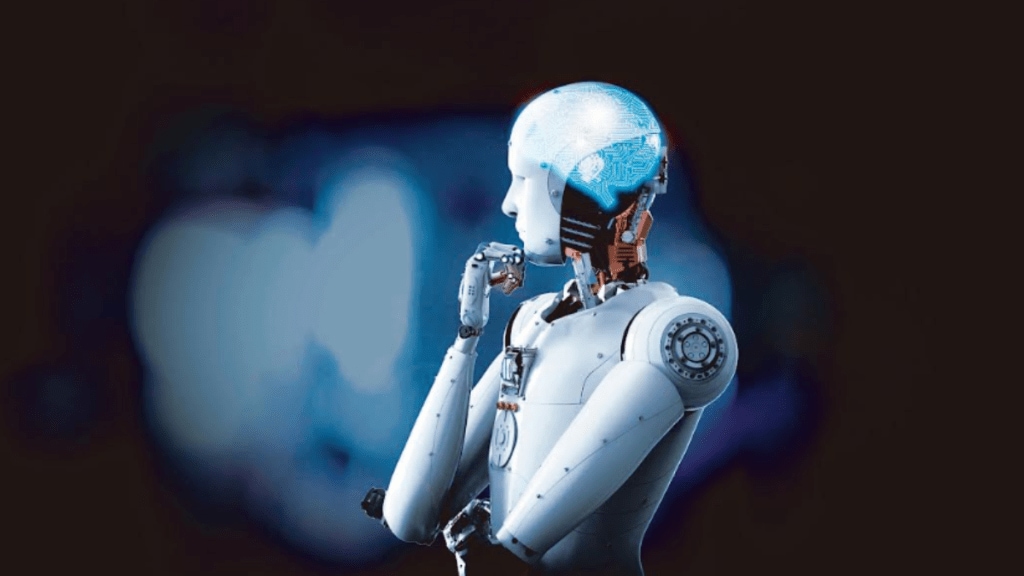At a Google India roundtable last week, Arjun Choudhary, VP of revenue & growth head for food delivery & Instamart at Swiggy, offered a peek into how one of the country’s largest hyperlocal brands is deploying artificial intelligence (AI) not just as a tool, but as a strategic partner.
“As a hyperlocal business, we prioritise quality over volume, while focusing on users across cohorts,” Choudhary said. “Google has played a key role in helping us reach and engage them effectively. With Performance Max, we’ve delivered the right ads to the right users, driving new user growth while reducing costs. Testing Retention Mode has also helped cut re-engagement costs by nearly two-thirds… These capabilities have helped us improve results while making our campaigns more efficient.”
Swiggy isn’t alone
Across categories — from beauty platforms to D2C brands and even astrology start-ups — AI-led advertising tools like Google’s Performance Max and Meta’s Advantage+ are fast becoming indispensable. They promise what traditional digital marketing networks render out of reach: intelligent targeting at a fraction of the cost. Take Google’s Performance Max campaigns. Instead of manually testing different creatives and deciding when and where to allocate spend, you just leave it to AI. It analyses reams of data in real time, adjusting creative elements to drive mammoth conversions. Says Deepak Gupta, co-founder of beauty platform Style Lounge, “Tools like Meta Advantage+ and Google Performance Max have helped us run smarter campaigns, reaching the right people at the right time.” He says such tools have ensured better conversion rates —up to a 12-15% higher — at a much lower — often half — the cost compared to traditional ad setups.
The top draw? They are simple and intuitive and inexpensive to implement, and will certainly speed up the content creation process. For many, it’s the AI’s ability to make sense of complex data and automate targeting. Even with little historical data, they are able to reach high-intent buyers. “When backed by strong creative and clear objectives, AI doesn’t just enhance campaign performance, it transforms it,” says Vaishal Dalal, co-founder & director of Excellent Publicity.
In-housing made easier
A byproduct of AI’s growing ease-of-use has been that campaign deployment has started depending less on large network ad shops. The whole exercise has become more plug-and-play even for smaller marketing teams.
Take the example of astro-consultancy firm NumroVani that leans heavily on Meta’s AI suite. Founder Sidhharrth S Kumaar says that since adopting Meta Advantage+, his team has seen significant gains. “Our conversion rates are 21% higher, our CPA is 14% lower, and our ROAS is 32% higher than when we were doing manual campaigns.” The AI-driven system has streamlined operations for the company. “It has cut our campaign administration time by 40%, which has let us grow more quickly while still focusing on strategy and creativity with a lean team.”
That is not to say the rise of AI has made agencies irrelevant — it has actually forced them to pivot. “While the fundamental approach hasn’t drastically changed, what has changed is the time and workforce needed to optimise and scale campaigns,” says Shlok Hari, business head at SW Growth Labs. “AI tools are becoming increasingly useful across the entire campaign lifecycle, from planning and execution to optimisation and reporting.”
Rather than compete with automation, agencies are leaning into interpretation and strategic application. What’s expected now is quicker turnaround and higher-value insights. “The monotony is gone, but that also means teams must be hyper-focused on what the data actually means,” adds Hari.
Venugopal Ganganna, co-founder and CIO of LS Digital, points to the shift in execution models. “Some clients have taken parts of execution in-house. What’s changed is how engagements are structured. Instead of full-service retainers, there’s a move towards more collaborative, focused partnerships… where the work is more pointed, often more strategic, and designed to complement what brand teams are building internally.
He points out that while platforms optimise against set goals, they don’t ask if the message fits the current market context. That’s where agency experience still matters.
That said, AI-led platforms come with trade-offs. “There’s a ‘black box’ element,” says Kumaar. “It’s harder to gather useful information that helps with cross-channel planning because a lot of the targeting and optimisation happens behind the scenes.”
Gupta agrees. “AI can tell us what’s working, but not always why.” Cultural or emotional nuance, especially in industries like beauty, is still something algorithms can’t grasp. Which is why most see the future as a hybrid.
“AI will handle the execution and scalability. Humans will determine the strategy, story, and creative vision,” says Kumaar.
In the end, it’s not about getting rid of people, it’s about allowing them to do what they do best.

